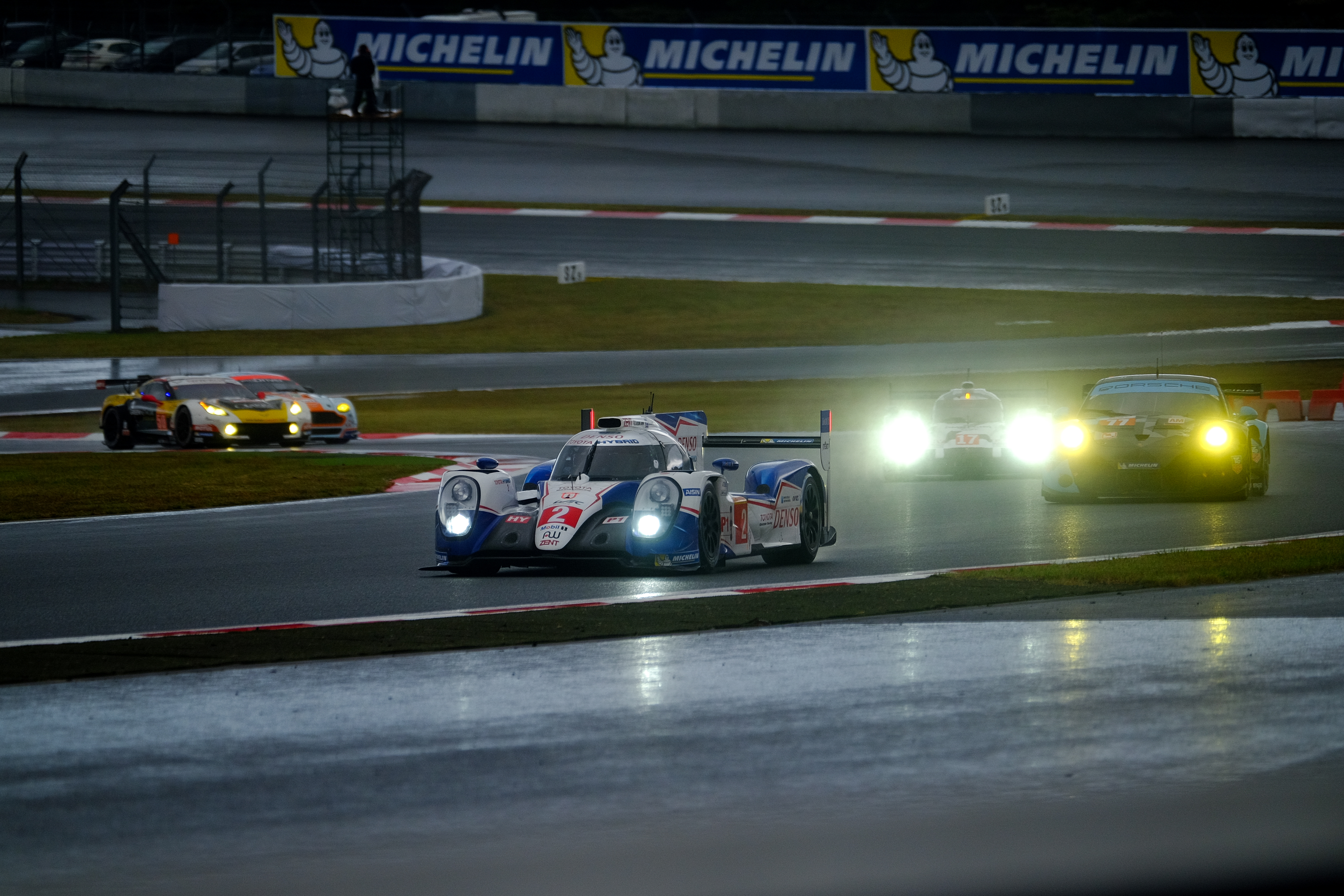FujiGuy Marc takes you through all the exciting bits from the #5YearsofXSeries launch event 2016
Marc Horner
Tutorial: Street photography
Get started with street photography with these handy tips and techniques from Documentary Wedding Photographer Kevin Mullins
The new Fuji lenses put to the test at the Fuji Speedway in the foothills of Mount Fuji
Fuji Guy Marc tests out the new XF1.4X TC & XF35mmF2
POP BOOK – the cutest photobook ever?
POP BOOKs are a cute, easy-to-order and very affordable way to bring some of your images to life. And they make fantastic gifts as Mrs Dale will testify!
Interview with famous Japanese photographer and original “X-Photographer” Yukio Uchida
Over the last few years, Fujifilm has invited professional photographers from around the world to meet with the product planning and R&D teams to…
X-T1 or X-T10 ?
Fujifilm UK’s Marc Horner temporarily replaced his trusty X-T1 with a new X-T10. Find out what the key differences are and also whether he’d consider making it a permanent switch.





